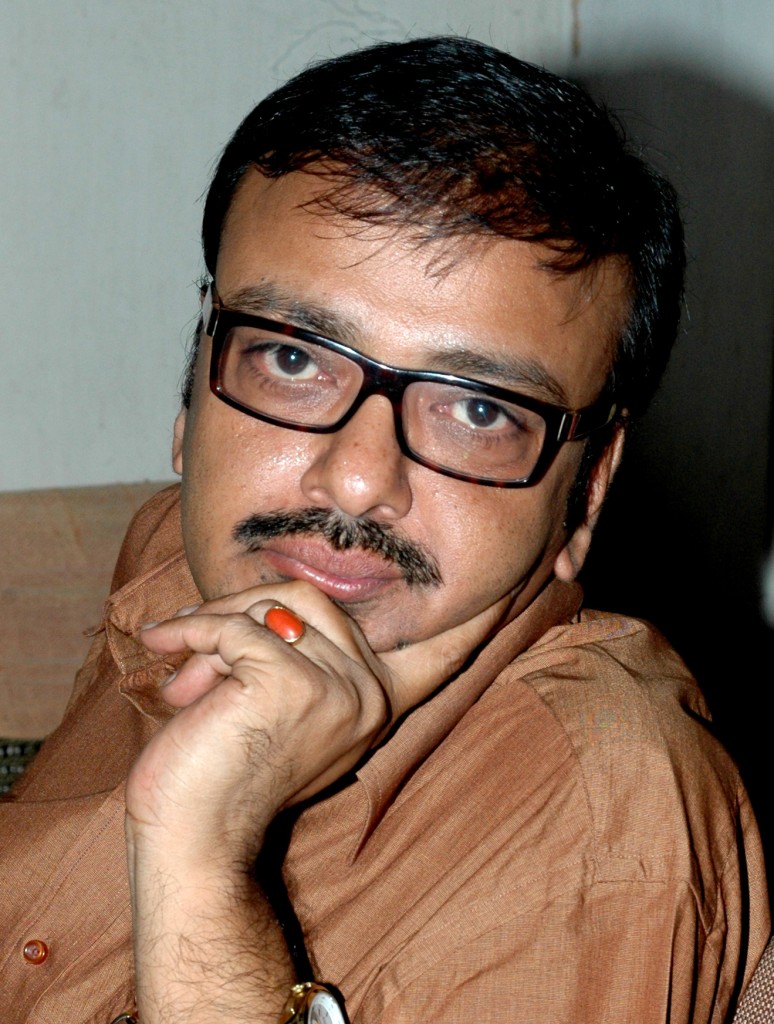 Audiology the branch of science that studies hearing, balance, and related disorders, is relatively of recent import – the use of the terms “Audiology” and “Audiologist” in publications has been traced back only as far as 1946 – though, the related ailments and attempts at their treatments have been known to man since time immemorial.
Audiology the branch of science that studies hearing, balance, and related disorders, is relatively of recent import – the use of the terms “Audiology” and “Audiologist” in publications has been traced back only as far as 1946 – though, the related ailments and attempts at their treatments have been known to man since time immemorial.
The Government of India established the All India Institute of Speech and Hearing, which has become the country’s leading Institute in the field of communication disorders since 1966. The second Audiology & Speech Language Therapy program was started in the same year, at T.N. Medical College and BYL Nair Ch. Hospital in Mumbai. There are currently 20 plus Universities in India which provide Speech Pathology and Audiology programs. These programs are accredited by Rehabilitation council of India.
With socio-economic advancement, that way people approach audiology – both speech and hearing disabilities – is changing radically. For one, it is heartening to note that the annual economic burden on the Nation due to such disablements is being talked about, though any comprehensive, Nation-wide studies on the subject are yet to be to be undertaken. However, the first faltering step in the direction – that of the spreading of awareness is a hugely welcome development.
Gone are the days when people with disabilities used to resign themselves to a life of ridicule, consciously hiding from the glare to eke out a low key existence. Today, people are seeking out active lifestyles in increasing numbers as they try to banish the curse with the help of modern technologies and advanced medical aids that are available. And there are compelling reasons behind efforts to encourage them on their mission – both hearing and speech deficiencies put higher pressures on the brain forcing it to work harder, which in turn lead to attending problems.
The number of children who are diagnosed and provided medical aid has been growing significantly – not because of some epidemic tsunami running through the nation but simply because medical care has become widely available and because of the easy at which medical devices have become universally available, that too at affordable price points. The other end of the spectrum, that of senior citizens too is witnessing a qualitative change as more and more of our elders are choosing a healthy and active lifestyle and are willing to make that investment in their own futures.
This is a classic case of supply meeting latent, even unknown demand as the supply of high quality medical assistance and aids have not only brought the demand to the fore, but have also ensured that prices go down substantially. The import of aids, which was once an extremely costly and time consuming affair, has now become commonplace: a process that has been expedited by the entry of multiple players in the field.
The fragmentation of the market has also led to each player vying to curve out its own niche by stressing on the salience of its brand, which too has played an important role in spreading awareness among the rank and file apart from attracting talents into the support services. This, the private sector led advancement, is a hugely positive development as the Government has done precious little to either spread awareness, or address the issues affecting Indians, leave alone even study the problem from all possible angles.
However, it will be sacrilege if we do not point out the fact that an inordinately high number of Indians suffer from hearing loss due to prolonged exposure to loud noise There is virtually no awareness about this and we continue to destroy our own faculties by our ignorance and apathy.
(the piece was written for the Express Health Guide)
